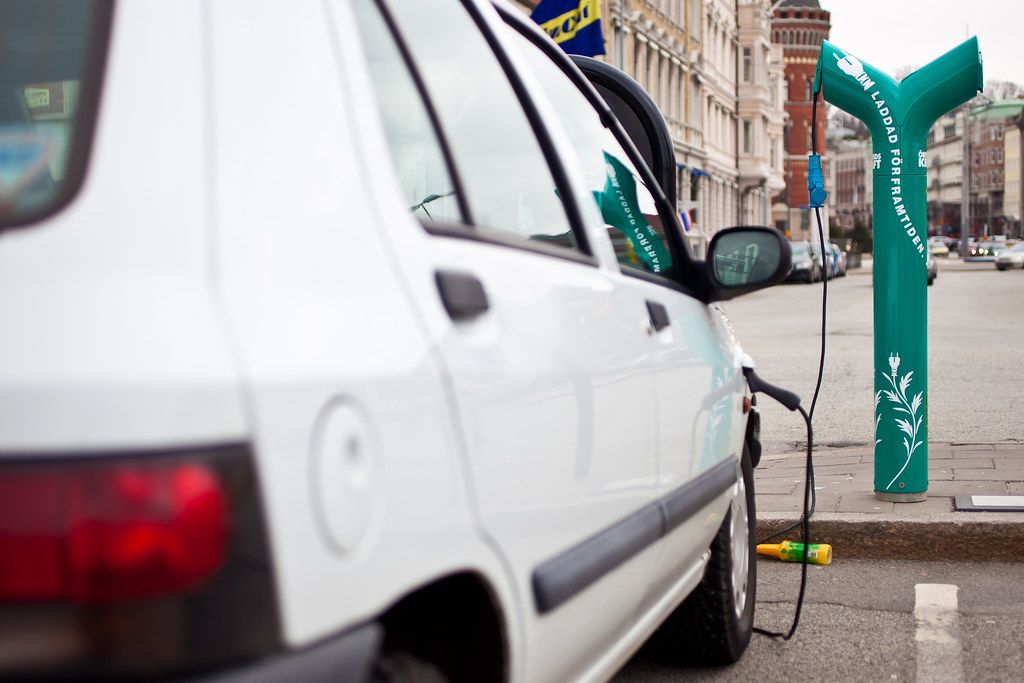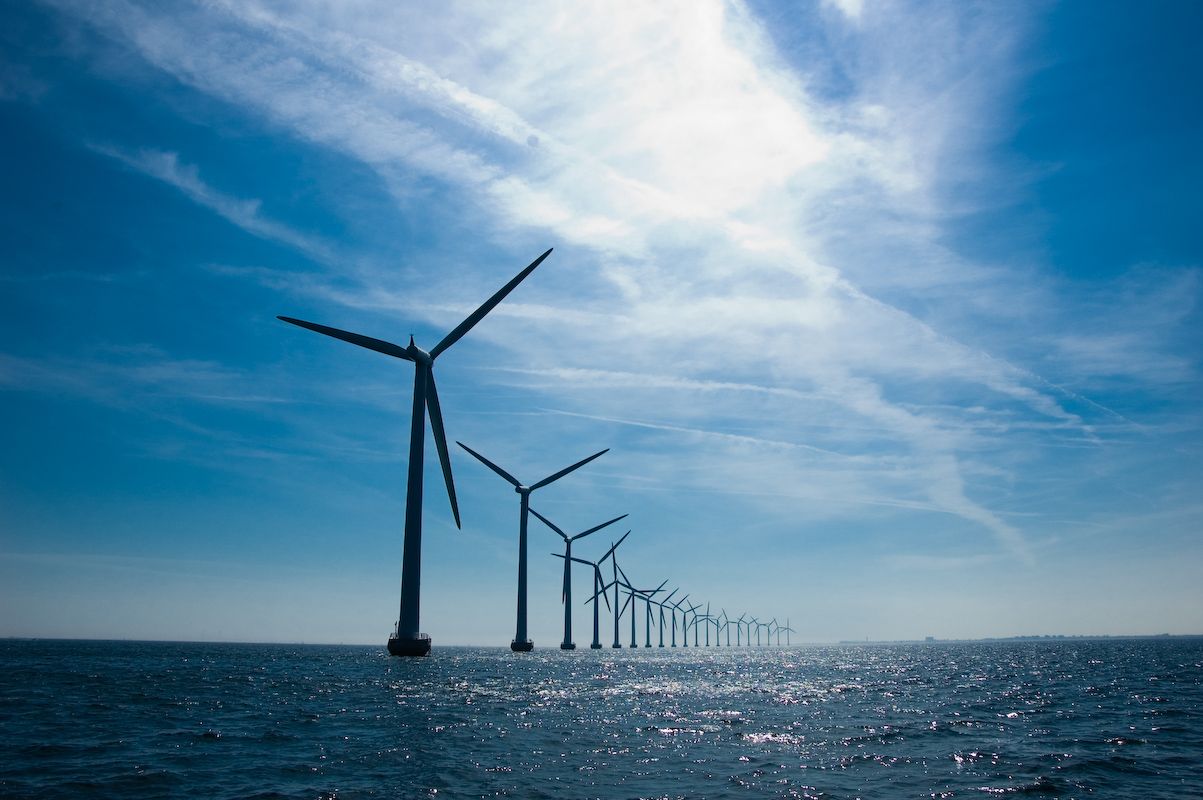By Sam Reynolds, MSc Climate Change Science and Policy
The UK has committed to reducing greenhouse gas emissions to net zero by 2050. In one of the final actions that Theresa May will take as Prime Minister, is this a pragmatic commitment, or an unrealistic pledge?
The significant target, made as an amendment to the Climate Change Act on the 12th June 2019, will make the UK the first member of the G7 to pass legislation for transitioning to a net zero emissions economy. The decision has been largely welcomed by environmental groups, with Friends of the Earth chief executive Craig Bennett, saying that this 'sends a powerful message to industry and investors that the age of fossil fuels is over'.
This target comes from a report issued at the start of May by the independent Committee on Climate Change (CCC), whose main findings suggested that the target is achievable with known technologies. It is also within the expected cost that Parliament accepted when it legislated the existing 2050 target, which called for an 80 per cent reduction of emission levels from 1990.
So, what is actually required in order for the UK to transition into a carbon-neutral economy during the next 30 years? Is it actually possible? Should the deadline be sooner?
Universities will have a crucial role to play ensuring the U.K. will generate net zero carbon emissions by 2050- and can show real leadership becoming net zero institutions themselves- my article for @HuffPost as Universities and interim Energy Minister: https://t.co/5tBThEqY49
— Chris Skidmore (@CSkidmoreUK) June 18, 2019
Revising energy generation will be central to the government's strategy; phasing out coal and gas and replacing these with renewables will be crucial. Offshore wind energy is one of the only forms of renewable energy that is continuing to make progress; subsidies for onshore wind energy were withdrawn by the UK government last year, despite it being one of the cheapest forms of renewable energy.
In 2020, Hornsea Project One will begin operations off the Yorkshire coast, and is expected to generate power for 1 million homes. Plans are in place for a second and third wind farm in the future. However, some renewable energy schemes haven’t made the cut.
The Swansea Tidal Lagoon, designed to provide 155,000 homes with electricity, was rejected by MPs last year after it wasn’t considered good value for money. The lagoon was one of six proposed for the UK which, once all completed, were designed to provide 10 per cent of the UK’s energy. These proposals may need to be revisited if the government is to successfully reduce emissions.
In terms of transport, only 1 per cent of households use a fully electric vehicle, and only 2 per cent use a hybrid, meaning that millions of cars will have to be replaced. The government has already pledged to phase out diesel and petrol cars by 2040, but the CCC’s report states that this target should be brought forward to 2030 if a net zero emissions economy is to be reached by 2050. Numbers of charging points across the country will need to be vastly increased as well, although a freedom of information request by the Liberal Democrats in March showed that a quarter of local councils had no plans to increase this number.

One of the more overlooked areas of greenhouse gas emissions is the agricultural sector, where a tenth of total emissions are produced; this proportion is growing as other sectors have proved able to reduce emissions faster. A slow shift towards low-meat diets is happening, especially amongst younger generations, but it remains unseen yet as to whether the agriculture sector can reduce emissions based on public behaviour without the help of government intervention, such as a tax on red meat.
The CCC report also includes a number of practical tips for individuals to reduce their carbon footprint. Switching to a low meat diet could reduce your emissions by 35 per cent, while turning the thermostat down to 19°C and flying less are some of the more influential lifestyle choices everyone can make.
So, what about the other side to this target: is it possible to remove carbon from the atmosphere with current technology, as the CCC suggests? The best-known proposal is called bio-energy with carbon capture and storage (BECCS), which involves growing plants or trees and burning them to generate energy, whilst capturing the carbon dioxide emissions they produce to bury deep down in geological formations.
The best method to “carbon capture” and help fight climate change? KELP! SEAWEED! https://t.co/nOqGojrdsB
— RainnWilson (@rainnwilson) June 13, 2019
The concept is very close to a viable solution, with five facilities operating successfully around the world. However, recent studies have suggested that the simple restoration of living systems, such as salt marshes, peat bogs and forests, can be more effective at drawing down carbon dioxide than previously thought.
On the basis that the government and local councils across the country are willing to change their previous mindsets, it seems that becoming carbon-neutral by 2050 is indeed possible - but is this soon enough?
Norway made headlines recently as they promised to reach the same goal by 2030, currently the most ambitious target of any country. Some cities in the UK, such as Edinburgh and Bristol have set the same goal, but it is still hard to tell at this early stage what is feasible, and what is not. The government has plans to re-assess the target after five years, and only then will we get a definitive answer on whether we are likely to meet the target, or even give it up completely.
Featured image: Andreas Klinke Johannsen / Flickr
Do you think the UK is doing enough to combat climate change? Let us know!







